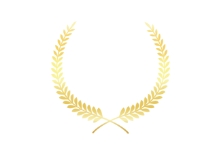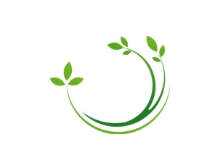ESF students are making a real-world impact across the globe.
As a future Mighty Oak, you can be part of the solutions that improve our world. Apply today and take your first step toward meaningful experiences and rewarding careers.
Welcome to the SUNY College of Environmental Science and Forestry
Making an Impact
The SUNY College of Environmental Science and Forestry (ESF) is featured in season 15 of the popular Amazon series, The College Tour!
Upcoming Events
Nov
05
Wed
Jan
01
Thu
QWL First Day Hike 2026
12:00 pm - 2:00 pm
Jan
08
Thu
Hardy Shirley Faculty Mentoring Colloquium
8:30 am - 10:30 am
Jan
09
Fri
Graduate Student Orientation — Spring 2026
9:00 am - 2:00 pm

UNRIVALED
in integrating environmental courses, research & experience.

GLOBAL
in outlook, relevance, reputation, reach & critical impact.

DEDICATED
to the stewardship of the natural & designed environments.









![The College Tour [logo]](/_resources/images/home/tct-logo-square.png)